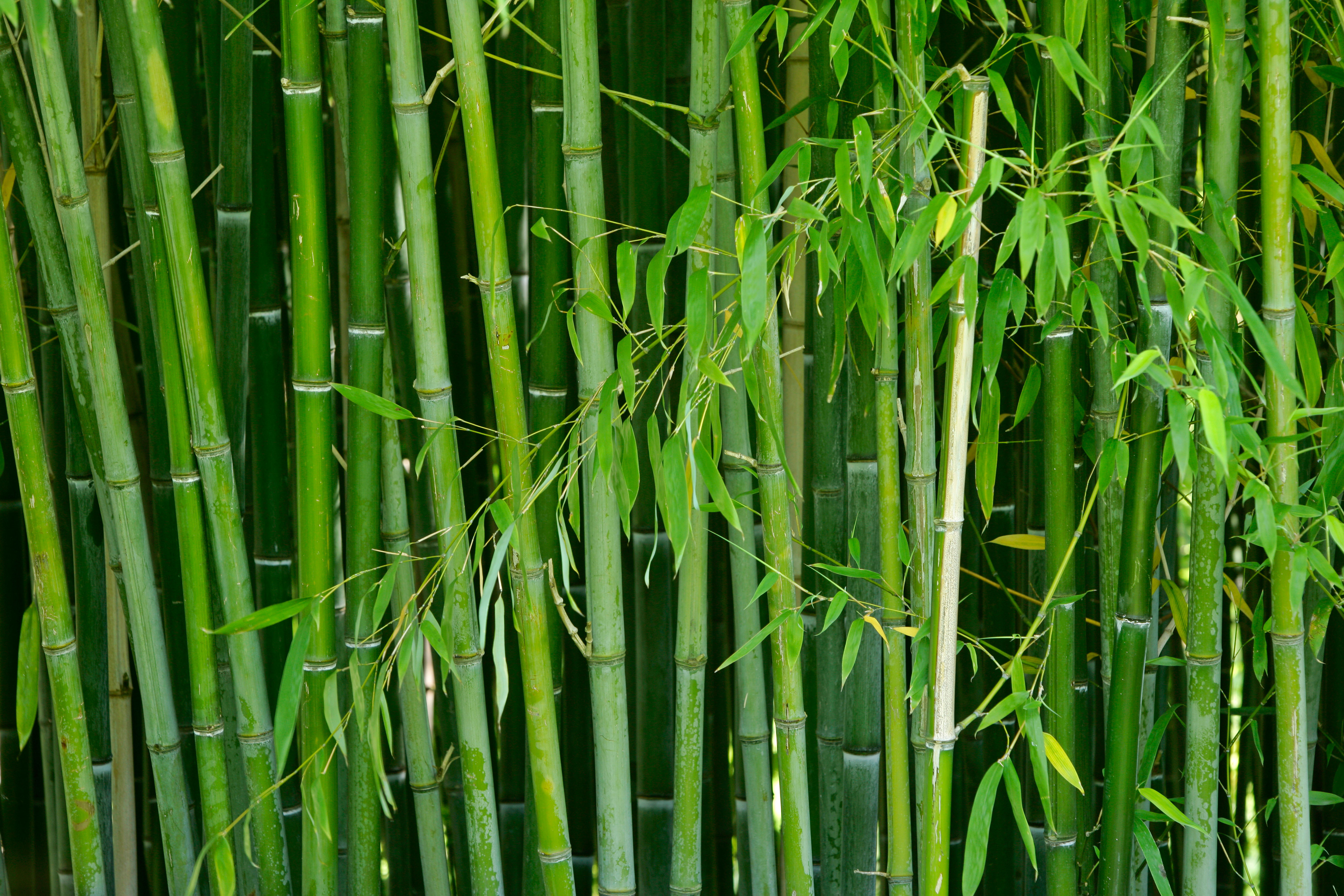How this centuries-old plant might usher in the construction wave of the future
It might even be a better building material than steel and concrete


Scientists and engineers from around the world recently convened at the University of Pittsburgh for a conference on what they believe could be the building material of the future. The substance rivals the strength of steel and concrete, and is lightweight and bendable. Even better, it grows naturally all over the world.
They were talking, of course, about bamboo.
Forget that people have been building with it for thousands of years — over the last century, bamboo has fallen out of favor, abandoned by builders and ignored by engineers. That could finally be changing, says Bhavna Sharma, an engineer and architect at the University of Bath, England, who attended the conference. "With the increase in interest in sustainability and carbon emissions, natural materials are experiencing a renaissance."
The Week
Escape your echo chamber. Get the facts behind the news, plus analysis from multiple perspectives.

Sign up for The Week's Free Newsletters
From our morning news briefing to a weekly Good News Newsletter, get the best of The Week delivered directly to your inbox.
From our morning news briefing to a weekly Good News Newsletter, get the best of The Week delivered directly to your inbox.
A type of woody grass, some 1,200 species of bamboo grow around the world, in a belt that extends from southern and eastern Asia, across Sub-Saharan Africa, to North and South America. Under tension, some species have about half the strength of steel. Under compression, they can surpass the strength of concrete. Stalks just an inch or two wide can grow 40 feet high — an amazing ratio, says structural engineer Kent Harries, who led the conference. "I cannot build a building like that." What's more, it can grow as much as three feet per day, making it quickly renewable. "Basically, nature got it right," Harries says.
As of now, bamboo hasn't been vetted by the plethora of tests and trials that help engineers judge the safety and reliability of a building made out of concrete or steel. "We're trying to backfill the science behind the material," Harries says, "to bring it up to the same level of understanding we have for timber or steel."
The first challenge is variation between species. "To say 'bamboo' is like to say 'wood' — oak is very different from pine," Harries says. Each of the 15 or 20 bamboo species routinely used for construction handles tension, compression, and bending differently. "The same species will have different properties when harvested at different times, different elevations," he says. Its mechanical properties can even change depending on what time of day it is harvested. "I need a way to be able to speak to the engineers, the technical folks, and communicate that," he says.
The second challenge is that in its natural round, or "full-culm" state, each piece of bamboo is slightly different. Bamboo also splits easily, which is why joints are traditionally constructed without nails, says Sharma. Usually, connecting poles are lashed together with a pre-soaked fibrous material, she says, which then shrinks and tightens as it dries. Because of variation in species and pole diameters, a joint that works for one species of bamboo might not work for another. "Having a circular cross-section makes it very complex to form joints, and that's one of the main barriers for adoption of bamboo," Sharma says.
A free daily email with the biggest news stories of the day – and the best features from TheWeek.com
Numerous universities and companies are working on bamboo coupling systems that could be transferred from one situation to another. In 2015, Penda, a Beijing architecture firm, built a prototype of a modular bamboo structure, with interlocking triangle supports. "It's a flexible system that you adapt to these imperfections," says Penda co-founder Chris Precht.
The modular structure could be quickly erected as an emergency shelter after natural disasters, or scaled up into a multi-story apartment building, Precht says. Harries also noted bamboo's potential as an emergency shelter — in many places, construction-capable bamboo grows naturally, and could be deployed faster than tents or other shelters which have to be shipped into disaster zones.
Along with helping to develop potential standards for building with bamboo, Harries helped design a testing system that fits in a backpack, so people can easily test bamboo's mechanical properties in the field. "As you're harvesting, you can cut specimens and find out where you are in terms of strength or fitness."
Satisfying code inspectors is only part of it, he says — the real value of bamboo is to the billion-some people worldwide who live in informal dwellings. Bamboo is often a local material, and understanding more about its mechanical properties would help people shelter themselves in a safe and sustainable way. "Bamboo doesn't take great skills to use, as long as you have some ability to grade it and know what you're getting," he says. "Safety in the built environment is supposedly a human right. We're looking at ways to address that."
-
 How Bulgaria’s government fell amid mass protests
How Bulgaria’s government fell amid mass protestsThe Explainer The country’s prime minister resigned as part of the fallout
-
 Femicide: Italy’s newest crime
Femicide: Italy’s newest crimeThe Explainer Landmark law to criminalise murder of a woman as an ‘act of hatred’ or ‘subjugation’ but critics say Italy is still deeply patriarchal
-
 Brazil’s Bolsonaro behind bars after appeals run out
Brazil’s Bolsonaro behind bars after appeals run outSpeed Read He will serve 27 years in prison
-
 Americans traveling abroad face renewed criticism in the Trump era
Americans traveling abroad face renewed criticism in the Trump eraThe Explainer Some of Trump’s behavior has Americans being questioned
-
 Nigeria confused by Trump invasion threat
Nigeria confused by Trump invasion threatSpeed Read Trump has claimed the country is persecuting Christians
-
 Sanae Takaichi: Japan’s Iron Lady set to be the country’s first woman prime minister
Sanae Takaichi: Japan’s Iron Lady set to be the country’s first woman prime ministerIn the Spotlight Takaichi is a member of Japan’s conservative, nationalist Liberal Democratic Party
-
 Russia is ‘helping China’ prepare for an invasion of Taiwan
Russia is ‘helping China’ prepare for an invasion of TaiwanIn the Spotlight Russia is reportedly allowing China access to military training
-
 Interpol arrests hundreds in Africa-wide sextortion crackdown
Interpol arrests hundreds in Africa-wide sextortion crackdownIN THE SPOTLIGHT A series of stings disrupts major cybercrime operations as law enforcement estimates millions in losses from schemes designed to prey on lonely users



